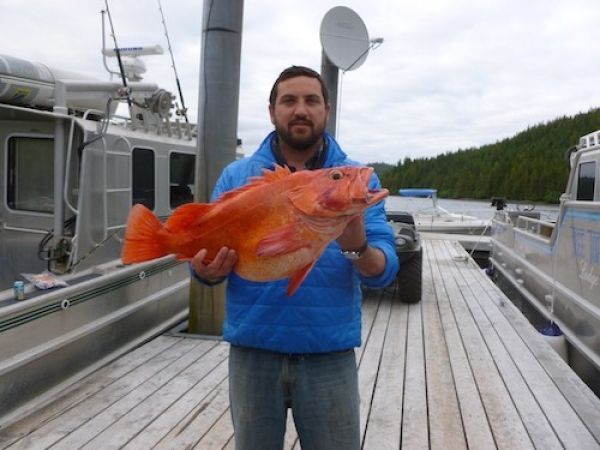It takes six months to get really good at accurately gauging the age of yelloweye rockfish. Because they can live for up to 120 years, this species is of particular interest to Benjamin Barst and scientists like him who study the effects of toxic chemicals on living organisms. Over the course of their lifetime, the fish can accumulate high levels of mercury and other trace elements in their tissues. But it wasn’t known how much of those elements accumulate in sensitive sites within yelloweye cells. So Barst, a postdoctoral fellow at McGill University’s Department of Natural Resource Sciences, set out for Alaska’s Inside Passage in search of answers. The results are to be found in a paper published in this month’s issue of Environmental Pollution.
The research team collected eight yelloweye, weighing up to 8.8 kilograms, from the waters of Alaska’s Inside Passage on a sport fishing vessel called the Pheasant Plucker. The fish’s livers were removed and tissue samples immediately frozen, so they could be analyzed later at laboratory facilities back in Quebec City and Montreal.
Read more at McGill University
Image: Ben Barst holding a yelloweye rockfish caught in the waters of Alaska’s Inside Passage. CREDIT: Melton Griggers of Tree Tops Lodge


